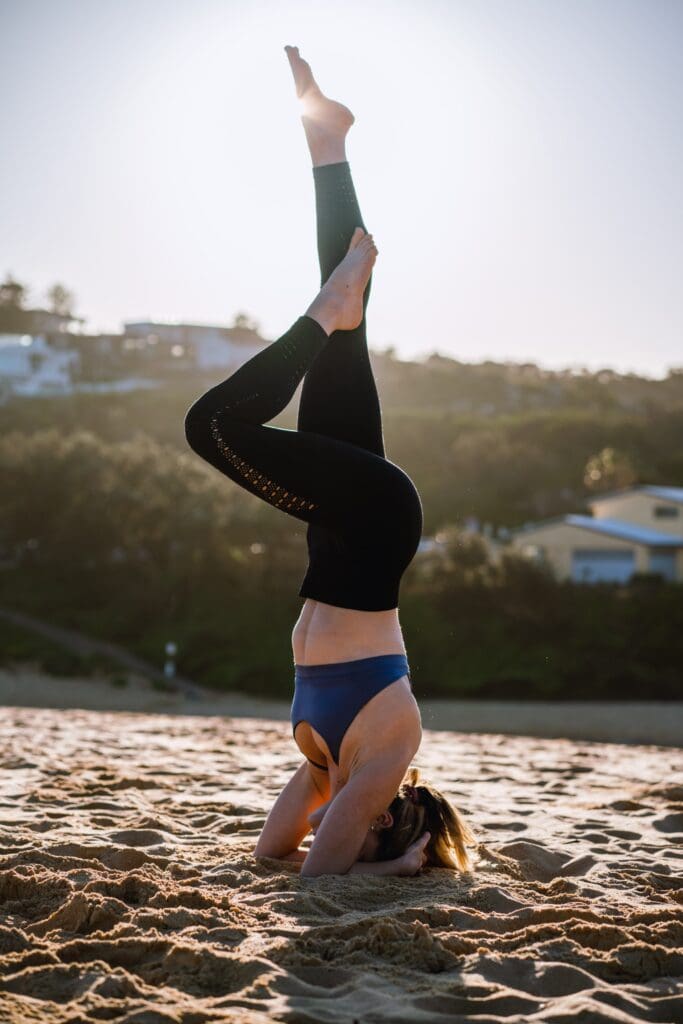The right breathwork can be as powerful as the right exercise but knowing how to do it is the key.
Banyan Tree Hotels expert and yoga consultant Bikram Keshari Patra from Thailand says whilst practicing Yoga, meditation and pranayama during this time of high anxiety is ideal, the right breathwork techniques throughout are critical.
With gyms and boutique studios closed during the time of COVID-19, many have found their active lifestyles progressively slowed down or halted all together.
“Breath awareness and pranayama is an ancient yogic practice that is thoroughly integrated into the physical yoga tradition. Pranayama is the practice of controlling or manipulating the breath, which is the source of our prana, or vital life force.”
According to Bikram, breath awareness plays a key role in every aspect of practice, from the performance of asanas to meditation.
How To Do Breathwork

There are many different types of breathwork variations ranging from breath of fire (which is fast, shallow breaths) to deep belly breaths. If you’re unsure of where to start, Bikram gives his tips for developing yogic breathing.
Bikram recommends developing a breathwork meditation practice where you sit in silence for 5 minutes and focus all of your attention on your breath.
He says, “Bring your breathing into your awareness and follow it much like you might follow a long volley in a tennis game. As the breath flows out and in, learn to sense the experience of breathing and the small variations that take place in breath flow.”
He encourages people to notice whether their breathing is comfortable or uncomfortable. If it’s uncomfortable he suggests changing their posture. Then, feel the sensation of breath in this new position.
“Notice any sighing or unusual breaths. Don’t be alarmed by them—just notice them. The next time you are walking, watch your breath again. Out and in; out and in. You will soon find that you can observe your breathing in any situation you choose.”
In yoga, two reclining postures are used to simplify the early stages of breath training: savasana (the corpse pose), done lying on your back posture, and makarasana (the crocodile), done lying on the stomach.
Savasana is often done at the end of a yoga practice where you might have raised your heart rate. It’s all about journeying inwards and observing deep, relaxed abdominal breathing.
On the other hand, to observe deep, diaphragmatic breathing, use the crocodile pose.
To really develop your breathwork, Bikram says, “Be sure to be aware of your breathing under less than perfect conditions. Climb a long flight of stairs—then watch. Swim underwater; watch your breath in the shower when water is flowing over your face; drive on a gravel road—behind a truck—with the windows open.”
Health Benefits of Breathwork

Breath of Fire Alkalized Blood PH
Hyperventilation or breath of fire is often associated with high energy and mental clarity. This is because the body is removing greater amounts of CO2 (carbon dioxide) which is a waste or acidic molecule – thus alkalising the blood.
Increases Muscle Tone
The respiratory diaphragm lives inside the lower rib cage which can be fired up using your abs or intercostal muscles.
Practicing deep breathing enables you to use breath to stretch the stomach, causing all of the deep muscles in your trunk to fire up.
Anti-Inflammatory Effects
A 2014 study out of Yale School of Medicine found that the adrenalin rush that happens has a result of hyperventilation or Kundalini breath of fire causes the body’s immune system to increase its anti-inflammatory responses.
This is especially helpful during the time of COVID, but particularly as we come into Winter and general flu system.
In this study, subjects who were taught a breathwork routine had less severe inflammatory responses after exposure to IV bacterial toxins than those who didn’t.



